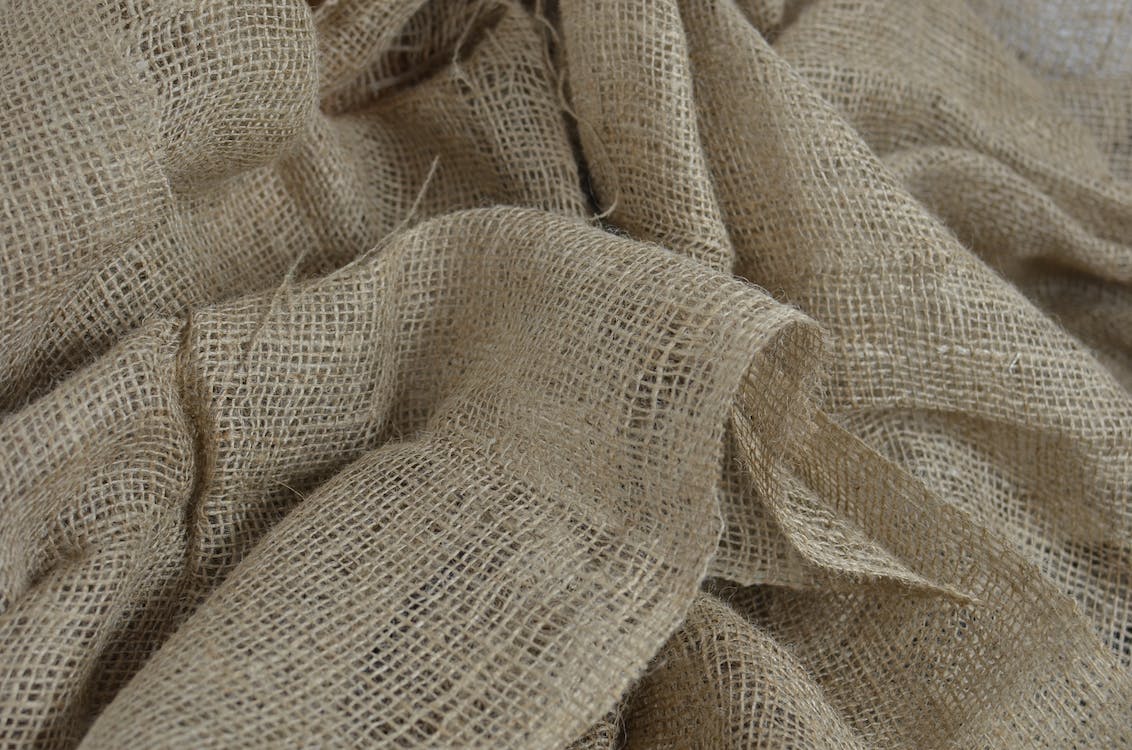GOTS label is a reliable alternative to change how we consume and make more sustainable and eco-responsible choices, especially in a world tinged with greenwashing. Unfortunately, the textile industry is no exception to these practices. It is advisable to refer to labels to know which reliable alternatives to turn to. But here again, how to know which one to choose? What are the meanings and guarantees of the different certifications? Focus on the GOTS label, Global Organic Textile Standard, which guarantees the organic origin of your clothes’ fibers while considering the entire manufacturing process’s environmental and social dimensions.
Origins of the GOTS label
The GOTS label was born out of a desire for worldwide standardization, transparency, and reliability in the textile industry, specifically in the organic fiber market. It was in Düsseldorf, Germany, during the 2002 Intercot conference that the various stakeholders recognized that harmonizing organic textile standards were necessary to remove the obstacles to international trade. Indeed, many countries had already initiated draft standards on the subject. However, these approaches only confused organic cotton producers, textile industry representatives, and consumers.
As a result, an international working group was formed after the conference to develop a set of global standards. The founding organizations of this movement were four:
- Organic Trade Association in the United States (OTA),
- Internationaler Verband der Naturtextilwirtschaft in Germany (IVN),
- The Soil Association in the UK,
- Japan Organic Cotton Association in Japan (JOCA).
International experts joined these major responsible textile producers and organic agriculture players.
In 2006, four years later, the first certification was ready, and the “Global Organic Textile Standard” was defined in its broad outline. In 2008, a license specified its details and proposed the logo to highlight compliance with GOTS on certified organic clothing and textile articles. The GOTS label is then presented to the public at the IFOAM textile conference in Modena, Italy.
The GOTS label has become a universal reference in the organic fiber world, from 2,000 certified facilities in December 2002 to more than 12,000 by 2022, with more than 3 million workers in 72 countries.
The non-profit GOTS organization is self-funded and constantly updates the label’s certifications for continuous improvement. GOTS is working to ensure that organic textiles play an increasingly important role in everyday life and contribute to a better quality of life and the environment.
What are the guarantees behind the Global Organic Textile Standard label?
The Global Organic Textile Standard sets environmental and social requirements along the entire supply chain of organic textiles. The GOTS label is found on items made from natural fibers. The certifiable materials are multiple: cotton, hemp, silk, wool, linen… Clothing, household linens, upholstery, hygiene products, and toys…
For a final product to be GOTS-labeled, all stages must meet the certification criteria: processing, spinning, weaving, knitting, manufacturing, and marketing. This means that processors, manufacturers, distributors, and brands must all comply with the requirements of the specifications and have received their GOTS approval.
Raw materials from organic farming

GOTS certification requires, first and foremost, the use of organically grown raw materials. The production of organic fibers falls within the scope of the organic farming standards: crops without harmful products, chemicals, or pesticides, and for which the use of GMOs is also prohibited. The fibers’ processing and storage must also be done in separate locations from those used for non-organic fibers.
A manufacturing process with a low environmental impact
Hazardous inputs and pollutants are rigorously controlled. Only a few low-impact chemical inputs can be approved because of their degree of biodegradability and elimination.
Heavy metals, formaldehyde, aromatic solvents, phthalates, nanoparticles, azo dyes, chlorine bleach… are prohibited. All these substances used to manufacture conventional textiles harm the environment and humans. Some have allergenic potential, and others have carcinogenic effects.
The GOTS label also requires the consideration of water and energy consumption as well as waste management (air emissions and wastewater discharges) through implementing a sustainability plan. In addition to energy consumption and waste management, packaging must be part of a recycling process or FSC or PEFC certification for cardboard, paper, and labels in particular.
By applying its specifications to each actor in the textile production chain, GOTS certification guarantees environmentally friendly and sustainable manufacturing. But the label does not stop there.
Ethical working conditions
Compliance with environmental requirements ensures that workers are not exposed to harmful chemicals. But the GOTS label also includes criteria to ensure decent working conditions.
This means respecting the social rights established by the International Labor Organization (ILO), i.e., prohibiting forced labor and child labor, as well as setting up a strict framework for working hours, remuneration at the level of the social minimum, without discrimination or mistreatment and in compliance with health and safety standards.
What are the different levels of GOTS certification?
The GOTS label has two levels of certification and also includes sustainability criteria. The logo can be recognized by the white T-shirt on a green background, which can be found on the label or on the packaging of the article. It is accompanied by the reference of the certification body and the company’s license number. The GOTS label’s official website also lets one find the list of recognized suppliers in a few clicks.
Level 1 “organic textile” certification
The first level of certification concerns textiles that contain more than 95% certified organic fibers and less than 5% synthetic fibers. The 5% may contain conventional non-GMO fibers (except for traditional cotton) or animal or regenerated fibers.
Level 2 certification “composed of X% organic fibers
The second level of certification concerns textiles that contain between 70 and 94% organic fibers. Of the 30% of non-organic fibers that can make up these textiles, only 10% of synthetic fibers are allowed. This threshold is raised to 25% for certain items, including socks, underwear, and sportswear.
Sustainability criteria
The GOTS label also takes into account the quality of the products. Tests are added to control the durability of textiles, including their resistance to sweat, rubbing, washing, and drying stages to avoid shrinkage. Colorfastness and light exposure are also considered.
How does the GOTS label work?
There is a fee for GOTS certification. The fee varies depending on the product range, the number of items, and the facilities to be tested. The organization is present globally and delivers certification according to the same standards.
The GOTS label is obtained following annual inspections by independent bodies. The certifying bodies that enforce the GOTS specifications are different in each country.
When the audit is favorable, the GOTS certification is issued for one year. Renewal requires the payment of a fee and the passing of a new series of tests.
